About this course
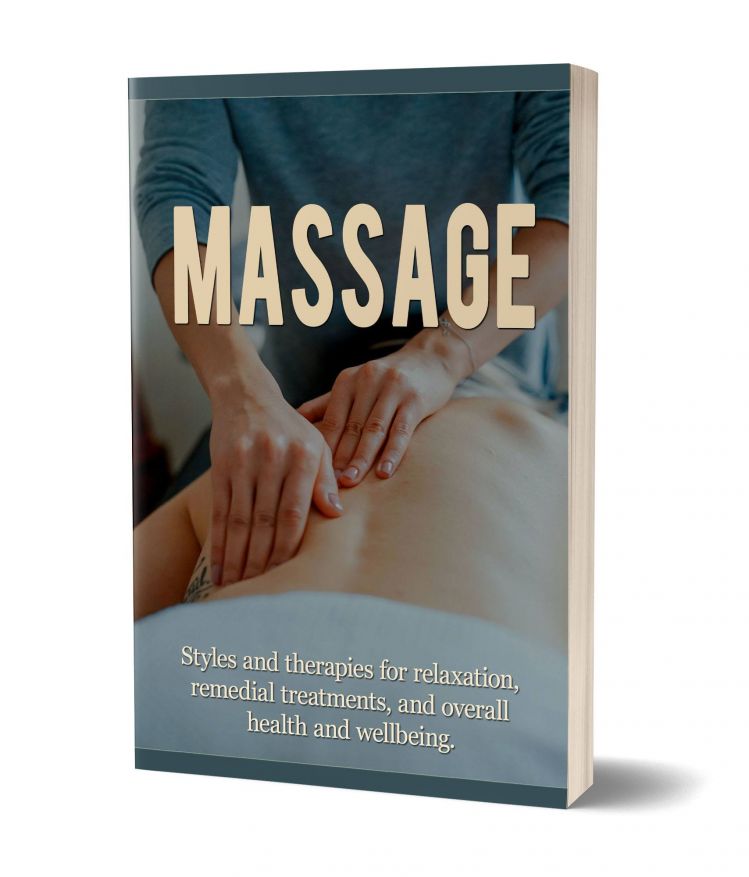
In recent decades, there has been a considerable increase in interest and uptake of so-called ‘alternative’ healing therapies. This is mainly due to more readily available information, including actual reports from those who have taken advantage of these practices and reaped their benefits.
Mainstream doctors have also become far more accepting of many disciplines which were once arrogantly dismissed. Many doctors now recommend specific therapies to patients as part of their treatment.
One therapy or group of treatments, has led to proving itself and gaining broad appeal is massage.
Massage therapy is one of many alternative or complementary therapies finding its way into mainstream treatment plans.
When we think of massages, we think of pampering, but a visit to a massage therapist can be just what the doctor ordered.

Give your body and mind some love.
Self-care can have an impact on your physical and mental health.
Massage is non-intrusive and has no damaging side effects, but the upside benefits to health and wellbeing are enormous. Massage as a therapy is so much more than a simple back rub. There are dozens of different massage styles to cater for different patient needs.
Although researchers don’t know why massage therapy has such marked benefits for depression, anxiety, and other mental disorders, it’s believed that it reduces the stress hormone cortisol levels in the body and lowers blood pressure and heart rate and increases serotonin and oxytocin levels.
Serotonin is a neurotransmitter that plays a role in stabilising your mood.
Researchers from the University of Miami School of Medicine found this therapy lowered the stress hormone cortisol levels by up to 53 per cent.
Within this article, You will learn how massage might help you improve mood and reset circadian rhythms, leading to a better mood, improved sleep, and more energy. The potential benefits and limitations have been considered.
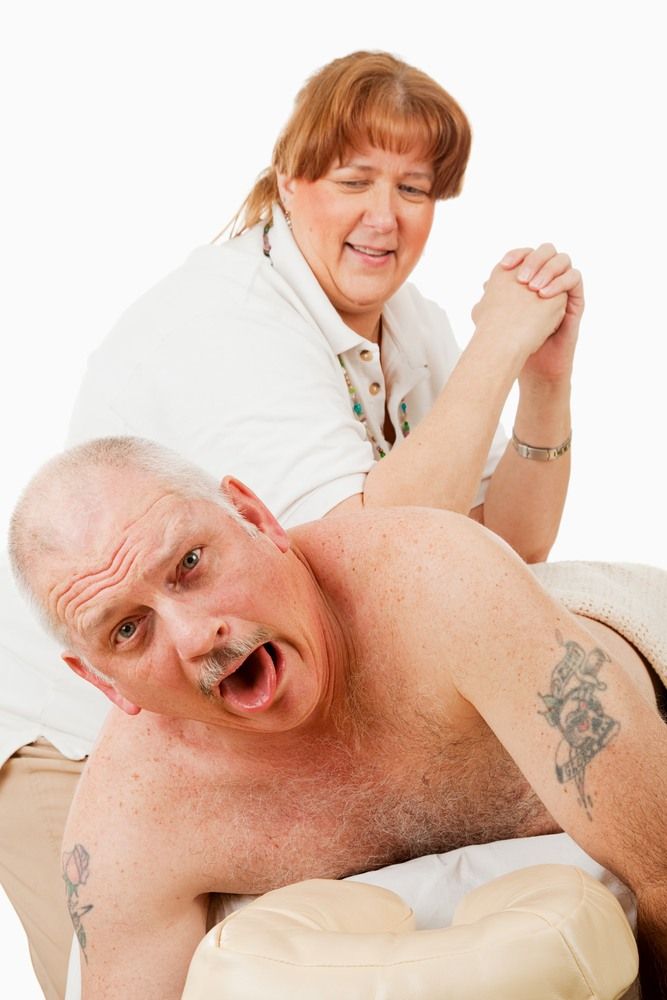
As the mental health epidemic continues to grow throughout the country, people are turning seeking positive outcomes from total mind and body approaches such as massage therapy. Through the power of touch, massage has evolved into an additional treatment option for mental health.
There are many types of massage that focus on different parts of the body or healing approaches. Massage is the practice of rubbing and kneading the body using the hands. During a massage, a massage therapist will apply gentle or strong pressure to the muscles and joints of the body to ease pain and tension.
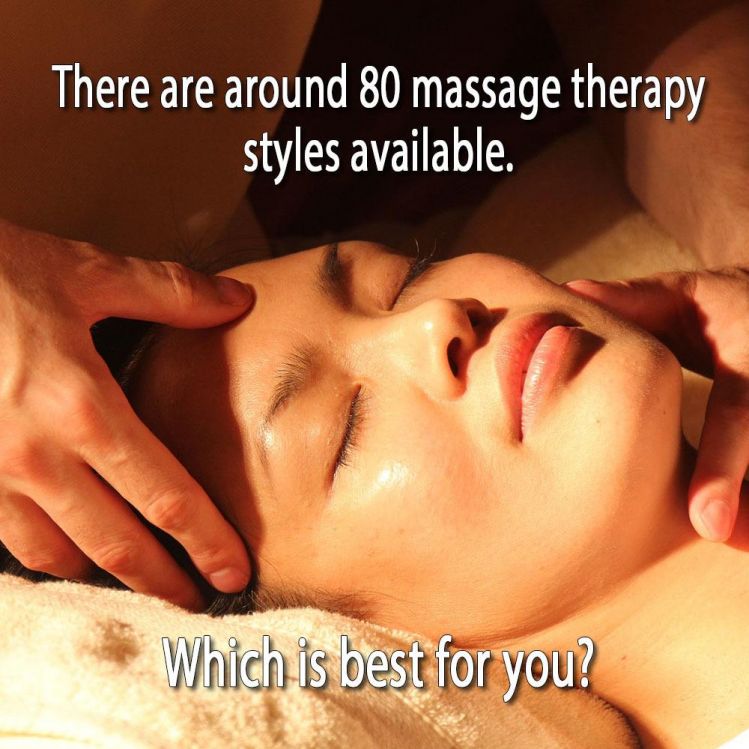
Somebody once said that “60-minute massage is about the same as 8 hours of sleep to your body.” Back in the 1960s, people still reported an average of 8-9 hours of sleep each night, a sign of a healthy and balanced lifestyle.
Nowadays, insomnia is recorded as the most common sleeping disorder, while the average person only gets roughly 6.8 hours of sleep each night.
Massages have been around for thousands of years, but they have never been more invaluable and a soothing companion to our frenetic modern lifestyle.
Massage therapy has grown in popularity and demand, a convenient and effective way of relieving the body from tension, alleviating unwanted stress and anxiety, improving blood circulation, and getting better sleep. At the same time, it relaxes the body most naturally.
There are around 80 massage therapy styles available today. Here are 5 of the most popular ones.
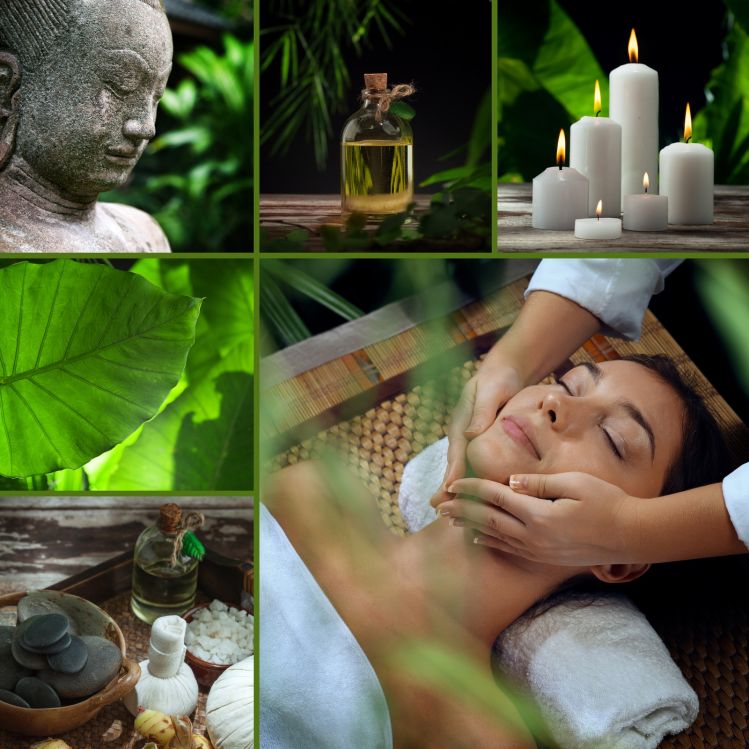
This is one of the most common types of massages widely available. This is particularly ideal for those who are new to body massages—Swedish massage, which eases tension and improves circulation.
Thereby, it utilises long strokes, kneading, tapping and stretching using massage lotion or oil. Those with a lot of stress on their bodies can also greatly benefit from this therapy as it is very gentle and relaxing. It can also help release muscle knots.
If you want to relax and sleep during a massage fully, it is also popularly known as a relaxation massage. If you’ve never had a massage before, this is a good one to try first.
Are you experiencing minor pain?
A Swedish Massage session can ease the discomfort or help make it more manageable.
A Swedish Massage Therapy session usually is about 60-90 minutes long.
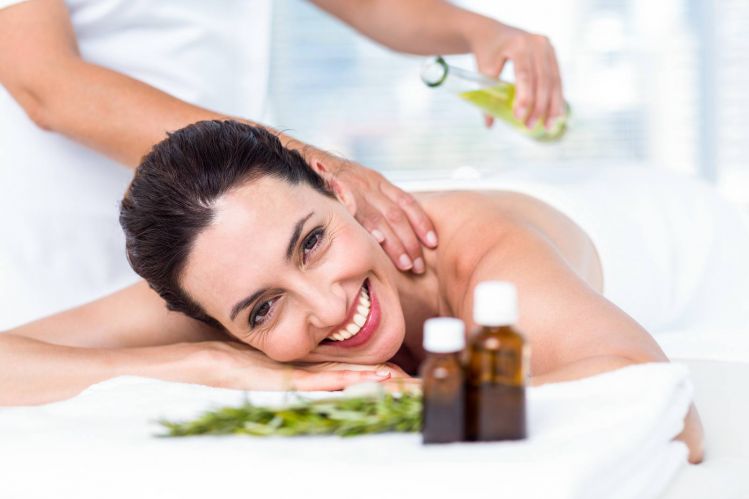
Aromatherapy can be incorporated into a massage with the addition of scented plant oils or more popularly known as essential oils. An aromatherapy massage is a soothing therapy that is great for treating stress and promoting emotional healing.
Essential oils are known to have healing properties making the aromatherapy massage perfect for boosting a person’s mood and reducing depression, stress and anxiety. It will also be beneficial in relieving muscle tension and is great for pain relief, all the while giving off a pleasant, soothing smell.
The massage therapist may select the essential oils depending on the individual’s need. More typically, pre-blended oils are available that readily relaxes and uplifts the mood of the person being treated.
An aromatherapy massage lasts for 60-90 minutes.
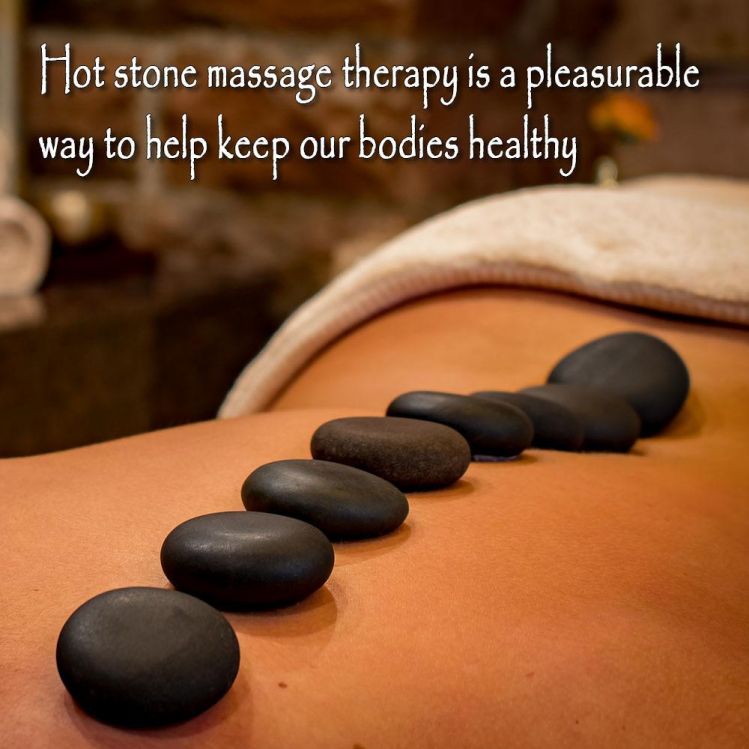
As the name implies, during a hot stone massage, heated, smooth stones are placed on specific body points. The massage therapist may hold the stones, applying gentle pressure on them.
They may use them instead of their hands, or in addition to their bare hands, to conduct a gentle massage.
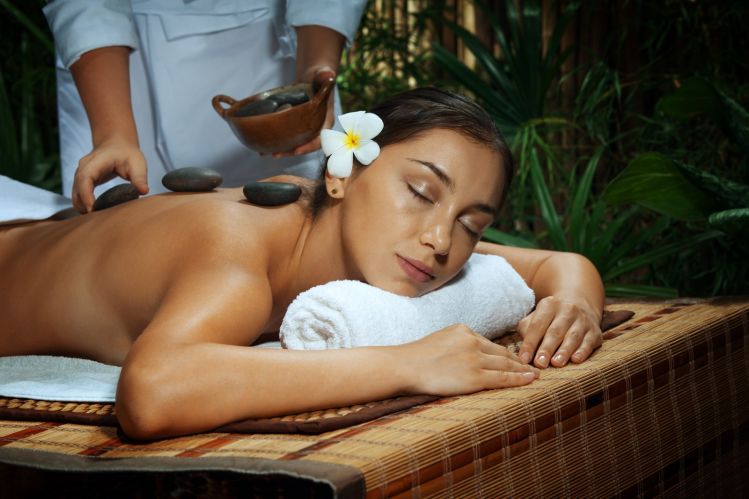
Hot stone massage therapy is a prevalent massage technique. True to its name, hot stone massage involves the use of heated basalt stones which are placed on different areas of the body. The massage therapist may also use the stones to apply specific massage techniques, such as long strokes, circular movements, kneading, vibration, or tapping.
Hot stone massage therapy does not use just any type of stone. Basalt stones are used because of their smoothness and ability to retain heat longer than other stone types. Basalt stones come in different shapes and sizes, making them perfect for application to the various parts of the body. In some cases, cold stones are used at the end of the massage session to help any engorged blood vessels become calm.
A hot stone massage is ideal for people with tension and muscle pain but prefers a lighter massage. The heated stones provide a comforting and soothing warmth that eases muscle tension, lessens pain, alleviates stress, and is excellent for relaxation.
Hot stone massage therapy is not new. Its origins can be traced back to an ancient Ayurvedic practice called Shila Abhyanga. There are also ancient Chinese texts that mention the use of hot stones to treat physical ailments and promote overall wellbeing.
It also helps to improve blood circulation. Cold stones can also be used as an alternative.
This massage generally lasts for 90 minutes.
The use of heated stones promotes blood circulation in the body, helping to provide relief to muscle pain and tension. The heat can also help increase the flexibility of the joints and calm muscle spasms.
Alternating the use of hot stones with cold ones can also help relieve inflammation of muscles and joints.
Several studies have credited massage therapy with pain relief. Fibromyalgia and rheumatoid arthritis are just some of the ailments that massage therapy can help with pain management.
Massage therapy is also an effective way to de-stress. Research on alternative medicine has shown that body massage can help calm stress and anxiety and improve cardiovascular health. Massage therapy can also help with post-operative stress and anxiety, according to the 2015 study.
Getting a massage such as a hot stone massage promotes relaxation and better sleep and can help adults suffering from insomnia. The lower levels of stress and anxiety, combined with pain and tension relief, are all factors that can lead to a better night’s sleep.
Cancer patients often experience pain, fatigue, stress, anxiety, nausea, and depression caused by their condition and ongoing treatments.
A large-scale study published in the Journal of Pain and Symptom Management revealed that massage therapy, such as hot stone massage, effectively reduces the intensity of these cancer symptoms. The researchers attributed much of the improvement in the symptoms to the massage’s comforting human touch.
Massage therapy is also known for its immune-boosting properties. Regular massage, such as by hot stone massage, can increase our body’s white blood cells that fight disease.
Massage can also help to flush out toxins in the body and increase blood flow, both of which are beneficial for boosting our immune system. Stress is another factor that can significantly affect our immune system.
Through regular massage therapy, our stress levels are lowered while our immune system is strengthened. When going for a hot stone massage, it is crucial to make sure that the therapist is qualified in this type of massage.
A hot stone massage should be a relaxing experience for you, and should you feel any pain during the process, do not hesitate to inform the therapist.
Science has long proven massage therapy’s restorative and healing powers. Hot stone massage therapy, just like all types of massages, is an effective and pleasurable way to keep our bodies healthy.
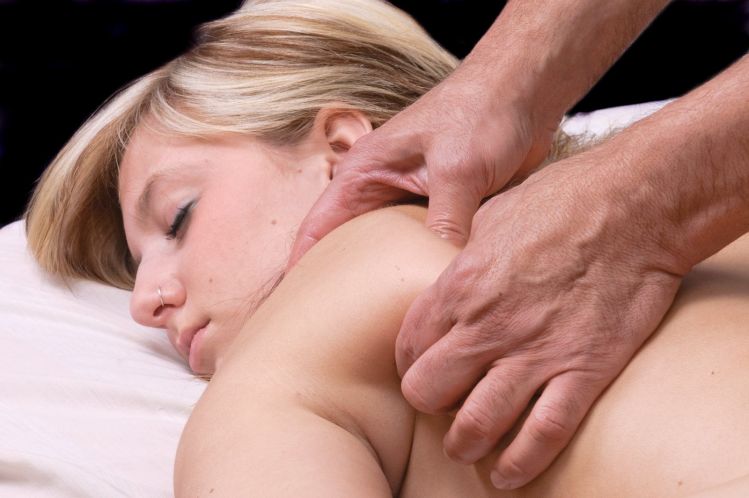
A deep tissue massage should be avoided if the subject is susceptible to pressure, as it utilises more pressure than relaxation massages such as Swedish massage therapy.
The deep tissue massage is excellent for those who experience chronic muscle soreness or have had an injury. It can ease tight muscles, alleviate chronic muscle pain and anxiety.
A deep tissue massage is therapeutic and a more intense massage that usually targets adhesions or muscle knots.
This type of massage can address problems within the deeper layers of the muscle or connective tissue. Although it is more intense than a Swedish massage, feeling extreme pain from the deep tissue massage is unnecessary as it can be just as effective with just the right amount of pressure applied.
Deep tissue massage can effectively treat osteoarthritis and stress injuries such as tennis elbow or carpal tunnel syndrome. A session is usually about 60 minutes long.
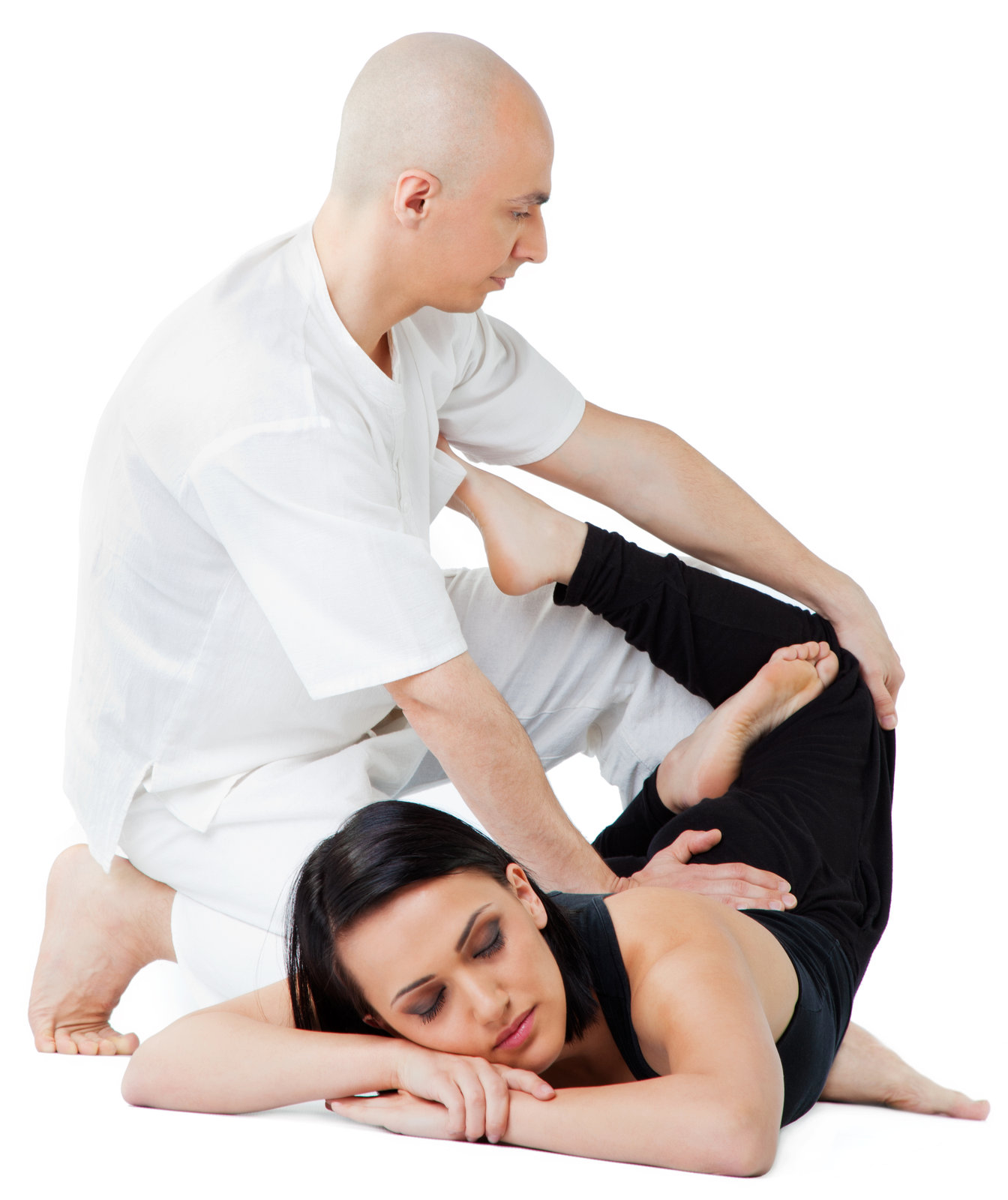
If you want a massage that feels like yoga without needing to do any work, this is a good alternative solution. Thai massage typically includes stretches and compressions. It’s more dynamic than most massages, for you don’t just lie in there and rest.
The massage therapist will be stretching you and twisting you, following a postures sequence that resembles yoga.
A Thai massage is best for relieving pain and stress and is excellent if you want a more active massage than a relaxing one. Your massage therapist will be applying firm pressure on your body during the massage using their palm and fingers.
Wearing very comfortable and loose clothing will be best during a Thai massage. It’s great for flexibility, boosting circulation and energy levels.
A Thai massage typically lasts for 60-90 minutes.
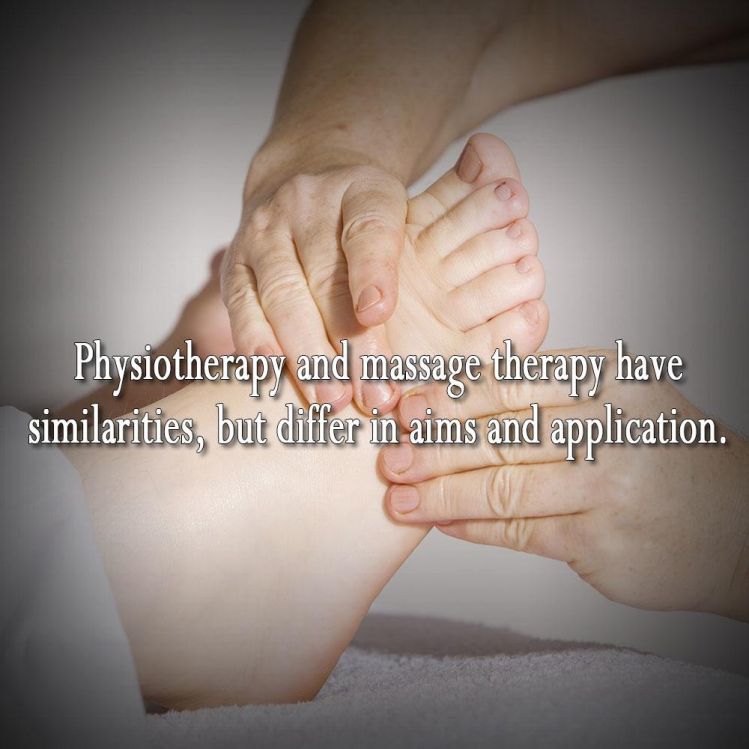
Physiotherapy and massage therapy are two popular natural wellness approaches. While both are well-known, some of us are still confused about each one’s function or purpose.
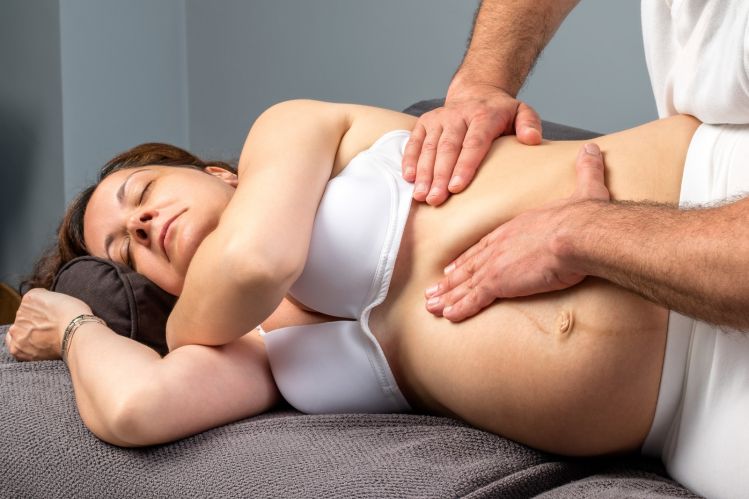
Physiothrapy massage and examination on pregnant woman
If you are thinking to either get a massage or have a session with a physiotherapist, read on to find out which kind of therapy will serve you best.
Physiotherapy aims to rehabilitate muscles and joints to increase mobility and alleviate chronic or acute pain or injury in a specific body part or body system.
Patients undergo physiotherapy as part of their treatment plan after an injury, accident, or disability.
A patient may be guided to use various apparatus to help with the treatment.
A professional physiotherapist graduates from an accredited school and obtains a licence before practising physiotherapy.
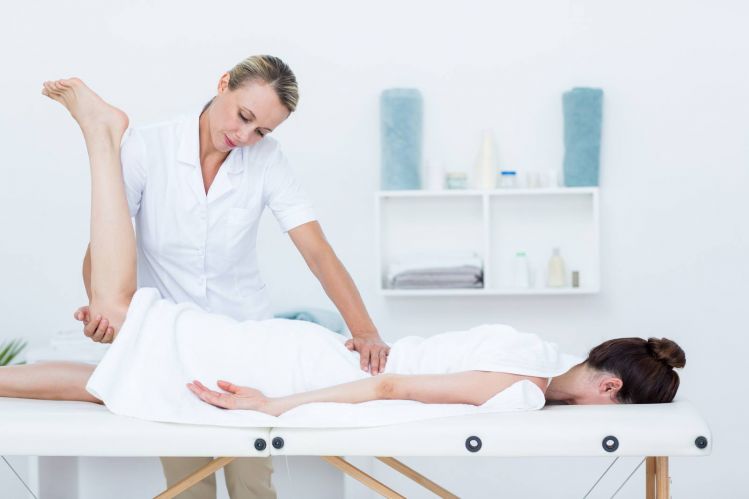
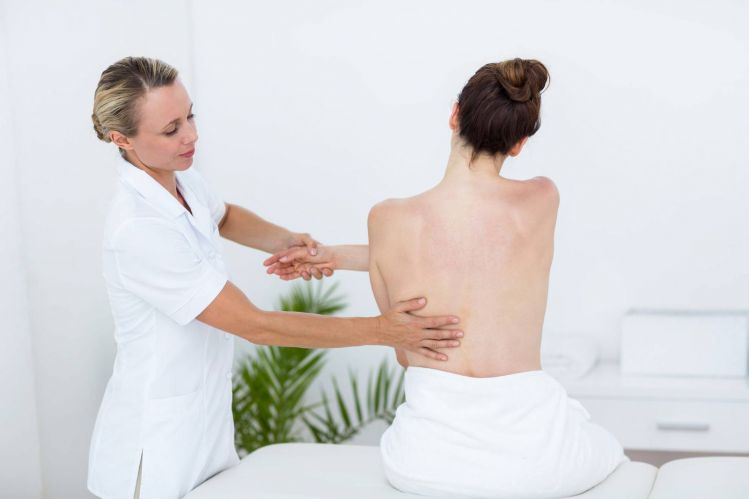
The main benefit of physiotherapy is the increase in mobility and flexibility. Through physiotherapy, patients rehabilitate faster and can recover from their injury faster. Physiotherapy also prevents future injuries as it promotes flexibility in the joints.

People who would benefit most from physiotherapy suffer from chronic pain—those who have been injured by accident or have reduced mobility following a physical disability or condition.
Aside from people suffering from injuries, professional athletes also undergo physiotherapy sessions to improve their performance.
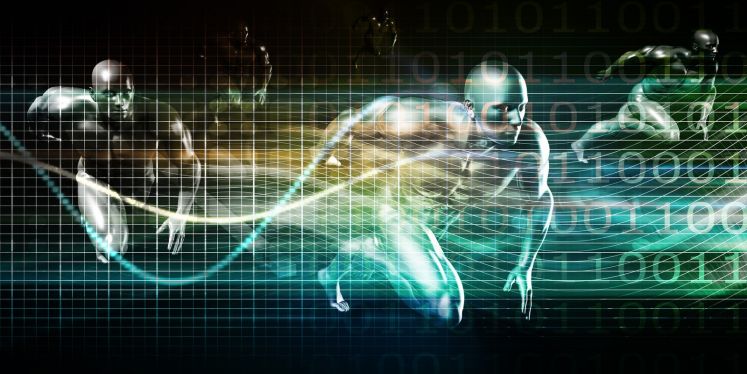
Suppose you are suffering from chronic back pain or have chronic ailments such as asthma. In that case, physiotherapy can significantly help alleviate pain and rehabilitate muscles to strengthen and improve your overall health and the quality of life you live.
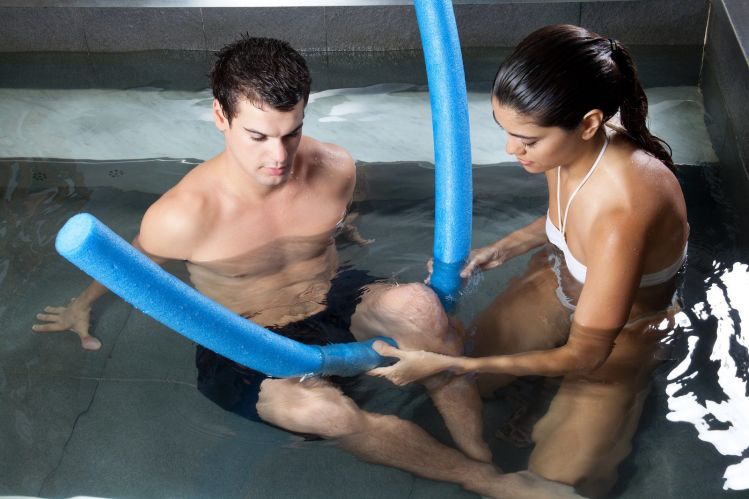
Massage therapy uses different hands-on techniques and applies gentle pressure to the muscles to reduce pain, stiffness, and soreness throughout the body. A massage relaxes the muscles and aims to relieve a specific body part and the entire body. It reduces muscular tension to help patients feel more relaxed.
Hydrotherapy is a therapeutic whole- body treatment that involves moving and exercising in water; essentially physiotherapy in a pool. Hydrotherapy pools are usually different from ordinary pools - the temperature, pressure and movement of water is controlled and changed according to whose using the pool.
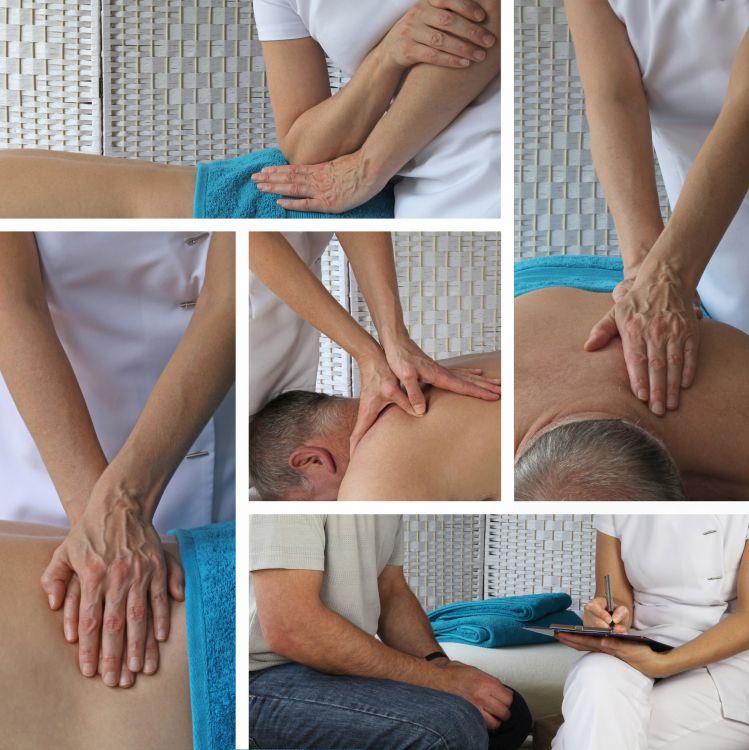
There are several benefits to getting a good massage. A massage releases muscle tension and stiffness, thus relieving the patient of pain. A massage can also increase blood circulation, making the patient feel more energised.
Because of the friction from the muscles’ kneading, a massage can help slough away dead skin cells and replace them with new and healthier cells. Because of a massage’s relaxing effect, the patient can enjoy a deeper and more restful sleep.
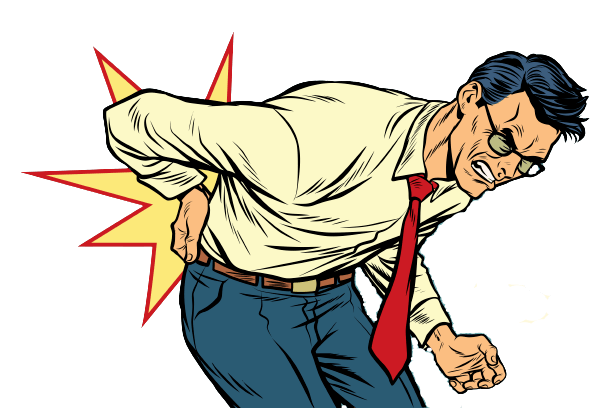
Massage therapy can be for anyone looking for immediate relief of muscle pain, stiffness, or just for anyone who would love to relax after a long tiring day. Anyone who wants to feel energised and look and feel healthier can get a massage.
Massage therapy can also be considered a supplementary treatment plan for those undergoing physiotherapy or for patients looking for a more natural way to recover from a surgical procedure. If you are looking to feel healthier both in the body and mind, you can consider getting a massage.
Physiotherapy aims for muscle rehabilitation and pain management of a specific condition. On the other hand, massage therapy aims to achieve a more holistic way of improving one’s health. While both use hands-on techniques, physiotherapy uses various tools and apparatus in the sessions.
Both types of natural therapies can improve our overall health, and which one you choose should be decided by your specific needs and wellness goals.
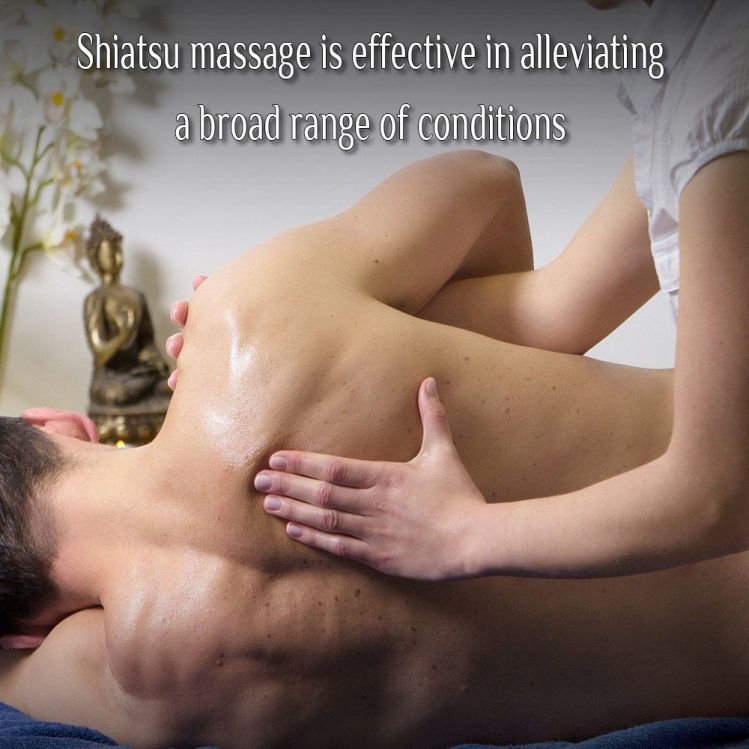
Shiatsu is a type of therapeutic massage derived from Japanese anma massage and the Chinese concept of qi (energy). As underpins most natural healing therapies, it is considered that the body has a system of energy that needs to be balanced and adequately flowing to keep you well and healthy.
When energy is congested or unbalanced, it causes ailments and disease.
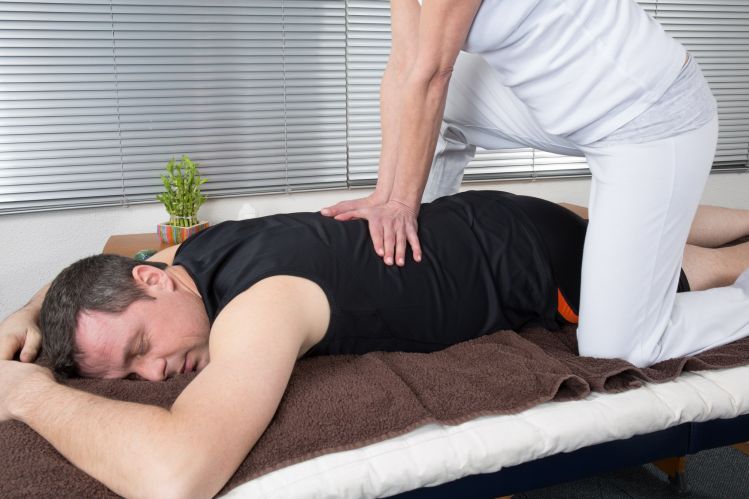
Shiatsu is a form of Japanese bodywork that uses palms, and even knees and elbows to apply pressure to different parts of the body. Then using localized finger pressure in a rhythmic sequence on acupuncture meridians. Each point is held for two to eight seconds to improve the flow of energy and help the body regain balance.
Shiatsu consists of pulling, kneading, soothing, and stretching to access the qi or vital points along the meridians, the pathways wherein qi flows.
People are normally pleasantly surprised when they try shiatsu for the first time. It is relaxing, yet the pressure is firm, and there is usually no soreness afterwards.

A shiatsu therapist is skilled and knowledgeable in identifying the disharmony of energy in the patient’s body. At the beginning of the session, the therapist will assess the patient’s condition to design the best plan to restore the energy balance.
The diagnosis includes understanding your medical history, which parts of your body are experiencing pain, and the likely underlying problems for your condition.
Shiatsu massage also incorporates modern medical knowledge from western practice. It has been used in treating various health conditions, both acute and chronic.
Among the conditions that shiatsu massage has proven to be effective in treating are fatigue, depression, insomnia, digestive problems, headaches, fibromyalgia, and musculoskeletal pain.
Here are some of the benefits of shiatsu massage.
Digestive problems can range from inconvenient to debilitating. One of the leading causes is stress. Through shiatsu massage, you can relieve your digestive system from discomfort. As the therapy involves pulling and stretching, shiatsu helps relax the muscles, intestines, and colon. Shiatsu also promotes circulation and cellular nutrition, which enables you to digest food properly.
Many people suffer from muscle pains due to a sedentary lifestyle or exhausting physical work. Very often, it is a combination of both.
Shiatsu massage relieves the pain by releasing the muscle tension and spasms through rubbing, pulling, and pressure on the skin and muscles.
By targeting the vital qi points, shiatsu massage restores the body’s energy, effectively addressing the fatigue and weakness you feel.
Many people suffer from chronic pain, and it’s a debilitating situation to be in. For instance, when you have a migraine, you can barely function and carry out your routine. When you have arthritis, you are also limited in the activities that you can perform.
Shiatsu massage is one of the therapies that help aid these conditions. It promotes increased blood flow and circulation throughout the body, helping you relax. The pressure applied to arthritis areas, such as feet and hands, gives the muscles and joints relief from the pain.
While shiatsu massage clearly has various benefits on what’s happening inside your body, let us not forget what’s on the outside. Shiatsu is also beneficial to your skin. This massage style stimulates blood circulation in the capillaries of the soft tissues in your skin and encourages the secretion of the sebaceous glands.
As a result, your skin becomes more resilient and supple. Shiatsu massage helps keep your skin moist and smooth.
Stress and anxiety have become so common as to be endemic, and it is no wonder that many natural healing therapies are targeting these crushing issues. Shiatsu massage leaves the patient profoundly relaxed and calm.
It restores the balance of energy in the body, removing the “excess” ones that make you feel stressed and anxious. As such, it promotes overall health and wellbeing.
Shiatsu massage has a raft of benefits. In addition to the ones discussed above, this therapy can also be used to treat common cough and colds, menstrual cramps, PTSD, sleep disturbance, and pregnancy-related symptoms.
Some conditions can be treated in one session, but others might require several visits with your therapist depending on your state, its severity, and the goal of each session.
Shiatsu massage works best when combined with other therapies and should not necessarily be used as the sole treatment method for your condition.
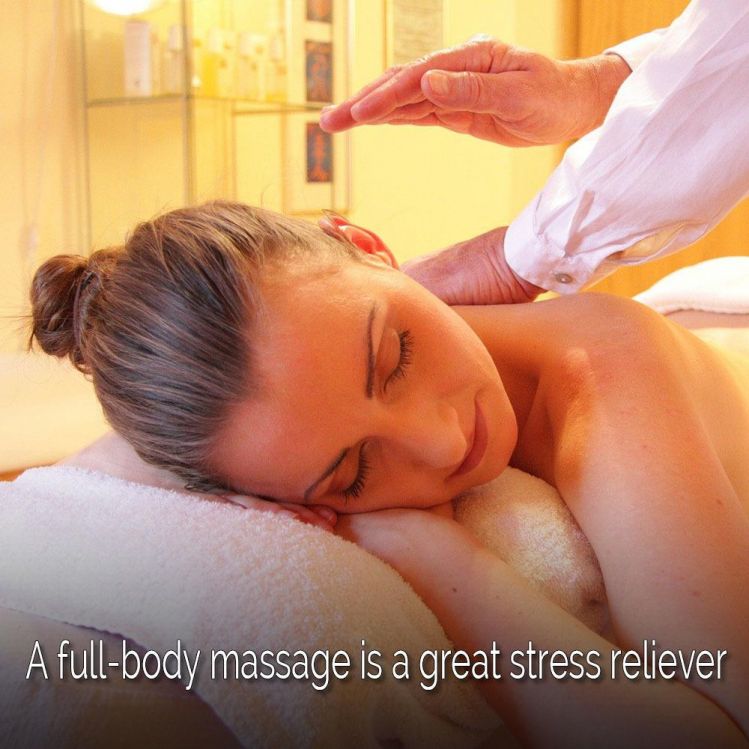
Thousands of years ago, our ancestors discovered a way to keep them healthy and robust - through massage therapy. Today, getting a massage is one of the most popular ways people choose to de-stress from the daily grind’s hustle.
Getting a full body massage has many health benefits. It can soothe our muscles, helps us to release stress, and generally feel recharged after a session.
The soothing ambience and calming setting while getting a massage will also add to us feeling more relaxed after a long and tiring day.

Here are just some of the benefits that we can get out of a full body massage.
One of the more apparent benefits of a massage is relief from muscle pain and stiffness. A massage can relieve our muscles’ tightness by releasing lactic acid built up, causing soreness.
The light stretching and movements of the arms, hands, and legs are also beneficial to the joints and can remove muscle tension.
An excellent full-body massage can increase circulation and blood flow by helping the blood and oxygen get to all the body’s various tissues and organs. An increase in blood circulation makes us feel more energised and makes our skin feel healthier as the massage stimulates cell production.
The increase in blood flow also promotes a healthy cardiovascular system by lowering blood pressure.
Getting a full-body massage can also help improve our immune system by encouraging a lymphatic detox. The lymphatic system is responsible for flushing out toxins in the body. A massage can support the production and movement of lymph that contains white blood cells, the body’s natural defence against infection.
A massage can help drain the lymphatic system so that more lymph can be produced to strengthen the immune system.
The relaxed ambience and the calming pressure we experience when receiving a massage can significantly improve our mood. Because we are in a relaxing environment, we immediately feel better as our muscles become less stiff, and we feel more energised.
A massage can also help us get a better night’s rest, helping us be more active throughout the day.
Stress and anxiety can hinder us from having a healthy digestive system. A full-body massage can help in relaxing tense digestive muscles for improved digestion—positive digestion results in regular bowel movement and maximum nutrient absorption by the body.
A full body massage gently exfoliates the skin and promotes new skin cells’ growth, thus making our skin look glowing and healthy. A massage can decrease the appearance of wrinkles and stretch marks as it sloughs away the dead skin cells and regenerates new ones.
The increase in blood flow and oxygen can also perk up the skin cells, giving a more apparent skin appearance.
A massage can help in improving poor posture by helping loosen the tension that can cause muscle stiffness. It can also relieve back pain that may cause bad posture.
The exact process will also increase flexibility as a massage loosens up tight joints that prevent movement flexibility.
Muscle tension caused by stress can trigger headaches and migraines. When getting a full-body massage, our bodies achieve a more relaxed state, and we feel less tense. A massage can help in releasing tension and stiffness in the muscles that cause headache pain.
Other benefits of a massage, such as improved sleep and stress relief, can further help reduce and relieve migraines and headaches.
A study by the Touch Research Institute suggests that a full-body massage can lessen the frequency of asthma attacks as it improves lung function. The gentle pressure from the massage can loosen the respiratory muscles, allowing asthma patients to breathe better and deeper, increasing oxygen and blood flow through and from the lungs.
The increase in blood circulation, strengthening of the immune system, and loosening of tight muscles and joints we can experience from a full-body massage all help recover a person who has recently undergone surgery.
A massage can promote tissue regeneration, speeding the patient’s recovery and making it easier to get back on their feet after the surgery.
A full-body massage is one of the best practical and fool-proof ways to treat ourselves to some health-inducing pamper time. With the pressure and stress of living in a modern and fast-paced lifestyle, a good massage can refresh and strengthen us, making us more prepared and energised to face the world.

From pain management to stress relief, there are many ways you can benefit from a massage. It can help relieve tension and pain, reduce depression, boost immunity, and improve your overall health and wellness.
Did you know that you can bring your massage experience to another level by using essential oils?
You can trace the history of essential oils back to ancient Egyptians who used them for cosmetics and herbal preparations. Thousands of years have passed, but many people today take advantage of essential oils’ many health benefits.
Studies Show that essential oils contain antimicrobial, antioxidant, and antiviral properties.
You’ll find many essential oils on the market today. Here are the top essential oils that you could include in your next massage session.
Frankincense is a popular essential oil from Boswellia sacra trees commonly found in northeast Africa and the Red Sea. You may hear it called olibanum, too. It’s used in massages, perfume, and skincare products.
Frankincense can help reduce the breakdown of cartilage tissues and the growth of inflammatory substances that lead to rheumatoid arthritis. It promotes relaxation and improves immunity.
It’s also an effective decongestant for a phlegm-filled respiratory system.
Lavender essential oil offers a relaxing and restful massage experience. Its aroma helps soothe the body, mind, and spirit. It relieves different types of pain, including joint and muscle pain. It also helps boost blood circulation and lowers blood pressure levels. It can reduce restlessness, make you feel less anxious and depressed, and promote better sleep.
Almond oil is another essential oil that’s perfect for massages. It’s a pale-yellow oil that’s easily absorbed by the skin. It offers tension relief and muscle relaxation.
It’s more affordable than other types of essential oils, and that’s why many consumers love to use it.
It can be used on children, too, because it doesn’t irritate the skin. However, you must avoid almond oil if you’re allergic to nuts.
Chamomile essential oil should be on top of your list if you’re looking for a soothing and relaxing massage. Also, popular among tea drinkers, chamomile can be used during a massage to ease muscle aches, headaches, inflammation, arthritis, and even insomnia.
Jojoba oil offers several health benefits when used during a massage. It’s non-allergenic, which means it can be used on all types of skin, including sensitive skin. It’s rich in vitamin B, E, zinc, copper, and other minerals that promote skin health.
Unlike other essential oils, Jojoba oil makes your skin softer and smoother without feeling greasy or oily. It’s perfect for hot stone massages since it doesn’t contain triglycerides, which causes the oil to turn rancid over time.
It doesn’t need refrigeration. You can store it at room temperature, as long as it’s out of direct sunlight.
If you have colds or a stuffy nose, you can use peppermint essential oil for massage to get some relief.
It can help open up your sinuses and make you feel invigorated. It can provide relief from headaches, joint pain, and muscle inflammation.
Just like Jojoba oil, sunflower oil won’t leave your skin feeling oily. It promotes healthy skin since it’s rich in stearic acid, linoleic acid, and palmitic acid.
Sunflower oil is non-comedogenic, which means it won’t clog your pores. When applied topically, it helps eliminate toxins from the skin and make you feel and look younger.
Bergamot oil helps you have a soothing massage experience. It helps reduce fatigue and anxiety. It induces the production of serotonin and dopamine to relieve symptoms of depression and other mood disorders. Not only that, but it contains anti-inflammatory and analgesic properties, which help reduce pain and swelling.
Coriander is a popular ingredient for cooking, but it’s also an excellent essential oil for massages. It helps soothe your body when applied for massage. It promotes relaxation after exercising or a tiring day at work. Likewise, it offers relief from pain and muscle cramps.
If you’ve had just one massage, you know how relaxing it can be. It can offer several other benefits, mainly when you use essential oils. You’ll find several types of essential oils in the market today. Use our list above to get started!
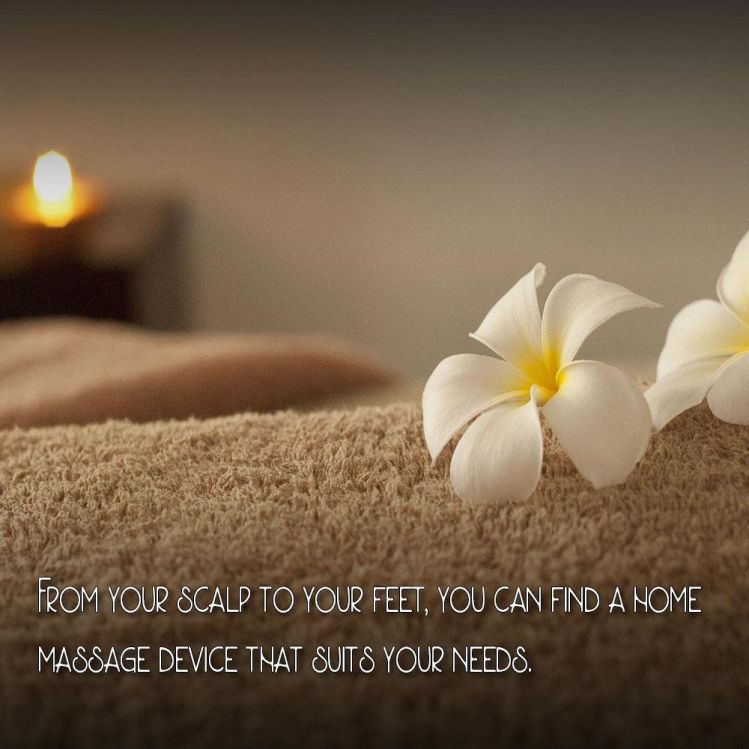
Unfortunately, not everyone has the time or money to go and get a professional massage every week. However, that doesn’t mean you have to miss out! There are several types of massage equipment available on the market today.
Now, you can get rid of those body aches and pain in the comfort of your home, any time you need or want to.
Here’s a list of massage tools that you may want to have at home.
A head massager is one of the top options when it comes to getting a massage at home. You can find a head massager that has tangle and scratch-free rubber tips for a soothing scalp massage. It stimulates hair growth, boosts blood circulation, and promotes better hair and scalp health. Whenever you have a headache, a head massager at home can speed up your recovery.
Your hands do a lot of work every day. It’s only fair to give them the pampering they deserve! A hand massage can help strengthen your hand muscles and relieve any pain due to arthritis or stiff and sore joints. A hand massager typically uses air pressure to knead acupressure points in your hands. Choose one with a heat feature that helps relieve hand fatigue, muscle discomfort, numbness, and soreness.
You can use a leg and foot massager that features isolated compression modes that target your foot, calf, and thigh. You can choose from different intensity levels, depending on the air pressure you need. Likewise, you can customise your massage experience using a massager with an easy-to-use handheld controller.
You can also find a non-electric foot massager designed to offer relief to foot pain caused by various health conditions, such as plantar fasciitis and heel spurs. Whether you’re watching TV, reading a book, or working at home, you can use it to soothe your tired and aching feet.
You can enjoy a deep penetrating neck and shoulder massage using a home massager. You’ll feel like someone is massaging your neck and back because of its bi-directional movement control. Most neck and shoulder massage tools come with a kneading function to help improve blood flow. Although it’s best used on your neck and shoulder, this type of massager can also be used on your abdomen, waist, back, legs, and foot.
Do you need to relieve pain in your back after spending several hours of office work? A home neck and shoulder massage with a cushion can alleviate stress, pain, tension, and soreness in your back muscles by giving you a deep tissue massage. Place the pillow on your office chair, couch, or even in your car, sit back and relax. It comes with adjustable massage nodes, so you can focus the kneading on the spot where you need it most.
A massage chair recliner is a perfect tool that can give you the full body massage you need while in the comfort of your home. You’ll enjoy a deeper and more intense body massage if your tool has heat therapy and zero gravity position.
You can also find a full body massage mat. Not only that, but you can buy one with motors spread evenly on the mat, so you’ll get a full-body vibration massage.
It’s perfect for relieving fatigue, stress, tension, and pain. Choose a mat that has four heating pads placed strategically to target your upper and lower back, thighs, as well as your calves to improve blood circulation and eliminate muscle tension.
Whatever keeps you busy during the day, there comes a time when your body will need some tender loving self-care. Getting a massage is one way to help your body de-stress, relax, and rejuvenate. It helps calm your nerves, relieves pain and soreness, improves blood circulation, and boosts your overall health.
Thanks to modern technology, you no longer have to hire a massage therapist or go to a spa whenever you feel tired and stressed out. There are various home massage equipment options to consider. From your scalp down to your feet, you can find a massage device that suits your needs.
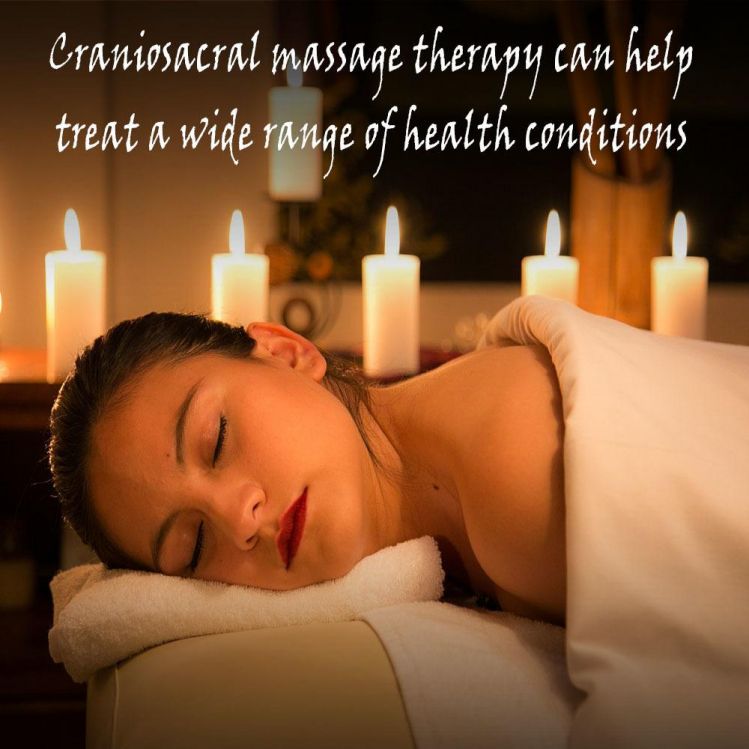
Many types can help you relax, de-stress, and get relief from other health conditions. One popular method is craniosacral therapy .
Cranio-sacral therapy, also known as ‘cranial sacral therapy’ or CST, is a non-invasive alternative treatment that many massage therapists, chiropractors, and osteopaths use.
It’s a type of bodywork that relieves compression in the bones of the head, sacrum (a triangular bone in the lower back), and spinal column. Unlike other techniques that use kneading or bone manipulation, craniosacral therapy uses gentle finger pressure on specific body points in the craniosacral system.

John Upledge, an osteopathic doctor and cofounder of Florida’s Upledger Institute, developed this unique technique back in 1970. Gentle pressure is applied to the head, neck, and back to relieve bone compression that causes various health conditions.
It promotes the normal flow of cerebrospinal fluid in the nervous system to eliminate blockages, relieve pain, provide relaxation, and encourage the body to heal itself. It can either be a standalone treatment or a part of existing therapy.
Studies reveal that CST can help treat migraines. In a clinical trial involving 169 participants, researchers concluded that craniosacral therapy patients experienced significant pain relief while undergoing CST for 8 weeks.
CST can help ease sinus pressure by restoring the proper flow of cerebrospinal fluid within your skull. Craniosacral massage therapy may also offer pain relief for those who suffer from chronic sinusitis.
Research shows that craniosacral therapy can reduce the frequency and intensity of pain among patients who experienced non-specific low back pain.
CST promotes oxytocin production and a hormone produced less by people with autism spectrum disorder (ASD). The increased oxytocin production promotes improved wellbeing and allows those with autism to feel connected. It helps them relax and reduces feelings of anxiety and tension.
CST’s soft-touch technique helps the body release physical restrictions that various emotional stressors may have caused. It can help release tension and offers pain relief, which could decrease the symptoms of depression.
CST helps ease overall physical and emotional discomfort felt by people with post-traumatic stress disorder (PTSD). It can lower physical pain, reduce panic attacks, improve sleep, and promote relaxation.
CST, along with acupuncture , may reduce symptoms of asthma. However, more research is needed to establish CST’s effectiveness as a standalone treatment for this respiratory condition.
Patients who have multiple sclerosis (MS) develop problems in their urinary tract, such as urgency and urination frequency. Studies show that craniosacral massage therapy can help treat these symptoms, improving the quality of life for MS patients.
Craniosacral therapy can help treat other conditions, such as:
You are fully clothed when you undergo craniosacral therapy. Each session may last between 45 minutes to over an hour. Therapists usually play soft music and use low lighting to promote relaxation.
During the session, your therapist uses gentle pressure to evaluate your body’s cerebrospinal fluid rhythm to identify any restrictions or disruptions. Your practitioner will then use soft manual techniques to “release” these disruptions.
It will release pressure from your brain and spinal cord, which may have been causing health problems, such as fibromyalgia and scoliosis. During the therapy, you may experience various sensations, such as pulsations in the targeted area.
You may also experience a numbing, hot or cold sensation or deep relaxation. Some people even fall asleep during the session.
Just like all other types of massages and therapies, craniosacral therapy isn’t for everyone. This technique may not be suitable for people who have certain conditions, such as:
Many studies establish the efficiency of craniosacral massage therapy on various health conditions. However, more research is required to support these reports. Craniosacral therapy offers several mental and physical benefits to those who choose to undertake it.
From feelings of relaxation to pain relief, CST is an alternative treatment that can improve your overall health and wellness. Even though it’s a non-invasive procedure that involves the use of gentle pressure, it’s still best to consult your doctor before undergoing craniosacral therapy.
Cranial sacral therapy may provide relief for certain conditions, with the strongest evidence supporting it as a treatment for conditions like headaches. Because there’s a very low risk for side effects, some people may prefer this to prescription medications that come with more risks.
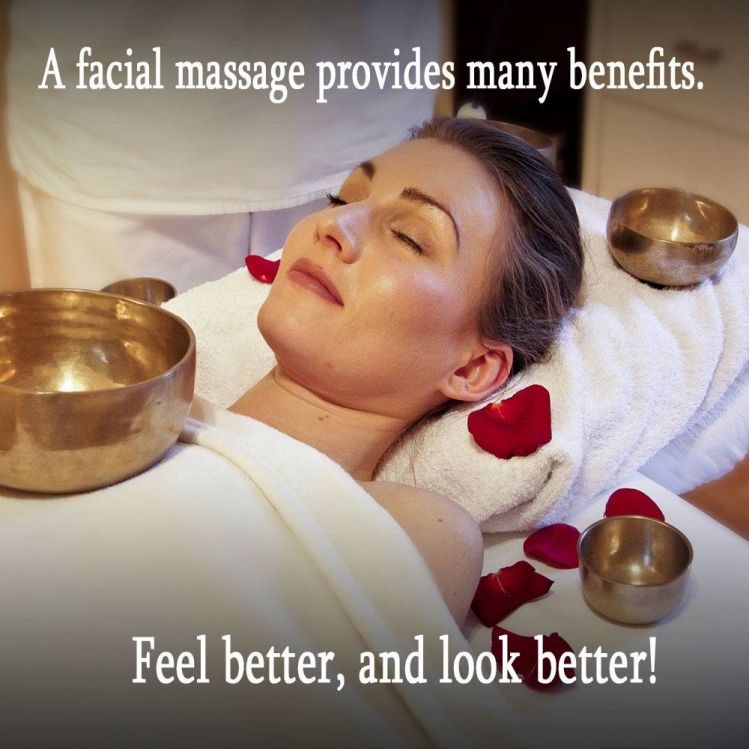
People often get body massage to feel relaxed and ease muscle tension. But do you know that facial massage can be very beneficial too?
Just as your body needs exercise, your facial muscles also need stimulation to keep your skin looking better and healthier.
It’s no wonder we have seen jade rollers emerge in popularity in recent years.
For the past couple of years, the beauty enthusiasts among us have been just as excited by cutting edge innovations in skincare (drone technology, we’re ready for you) as the use of ancient facial tools, used in line with time-honoured traditions.
We’re talking about traditional Chinese dermal rollers made of jade – or other gemstones like rose quartz and amethyst – which have seen a surge in popularity of late, despite the beauty device market being down overall last year. But handheld jade rollers are not just a huge hit with millennials because of their low price tags.
Different types of massage are beneficial on the face, such as gua sha, Swedish, acupressure, and sinus massage. Facial massage may involve kneading, cupping, tapping, pinching, and vibrations.
So, what do you get when you have a regular facial massage?
Here are some of the benefits.
Facial massage activates the sympathetic nervous system and improves a person’s mood. When done often, it reduces stress and anxiety levels. This helps stop the build-up of emotions or other issues that contribute to mental illness .
Facial massage reduces puffiness and increases oxygen flow to your skin. The gentle motions you apply to your face’s skin can improve collagen production. This will aid in keeping your skin firm and tight, which prevents fine lines from forming.
Collagen gives the skin structure and prevents it from sagging. Massage also eases tension on your face, which would otherwise lead to premature wrinkling. Massage is a natural anti-ageing method.
As massage promotes better blood circulation on your skin, it helps improve your appearance by preventing acne breakouts. However, don’t massage too much because overstimulation can also trigger an acne breakout.
If your skin is oily, a 10-minute massage is enough.
For dry skin, a 20-minute massage will do. Keep the motions gentle and avoid using any harsh chemicals.
Stress and tiredness can cause your face to hold tension, particularly on your forehead and around your eyes. Over time, that tension manifest as wrinkles. If you’re feeling stressed and tired, take a few minutes to massage your forehead and the area around your eyes to relax your face. It will also help your skin stay tight and rejuvenated.
Aside from improving your skin’s appearance, facial massage can also help ease the pain in your head and face. The temporomandibular joint (TMJ) can cause headaches or lockjaw, and facial massage can ease the discomfort. Facial massage that uses trigger point techniques helps ease the pain.
A healing scar can be itchy, painful, and uncomfortable, especially on the face. Facial massage can increase the scar’s blood flow, loosen the tissues and prevent tissue build-up and bumps. If your disfigurement is in the healing process, gently massage it for 10 minutes every day under medical supervision.
Skincare products are more effective when the skin absorbs them well. That’s why there’s even a proper sequence to applying skincare products to ensure effectiveness. Massaging also helps in better absorption of the products you use on your skin.
If you’re constantly exposed to harsh environments and pollution, or you’re using too many facial products, your skin can suffer. Massage can help flush the toxins from your skin by stimulating lymphatic drainage. A skin that’s clean from the inside out looks fresh and glowing.
When you have colds or your sinus is inflamed, it can be quite uncomfortable. Facial massage can relieve the discomfort and ease congestion and sinus pressure. It can also help get rid of headaches and facial pains caused by sinusitis.
Tension headaches can range from annoying to debilitating, especially if you have them regularly. They can make you sensitive to light and sound, and the dull ache in your head makes it hard to concentrate on anything.
Aside from exercising, eating a healthy diet, and changing your lifestyle so that you don’t get as stressed, a regular self-massage on the face can help to relieve tension headaches. It eases the tissues of the muscles and reduces the pain.
Facial massage provides many benefits, from improving your skin’s appearance, preventing wrinkles, keeping the skin firm and younger-looking, and easing discomfort caused by sinus problems and TMJ.
Incorporate it with your daily skincare routine, or give yourself a relaxing self-massage a few minutes a day to relieve any discomfort or pain.
Feel better, and look better!
Massage has proven itself as both a remedial and preventative therapy. Even if you have never taken advantage of a professional massage, you will almost certainly have had some form of massage from another caring person.
From that, you can guess just how much benefit could be gained from a trained practitioner.
Whether you seek relief from injury or illness or want to protect yourself from them proactively, there is almost certainly a massage style, or many, that can help you.
A lot of mentally ill people resort to drinking alcohol to gain a good night’s sleep. Alcohol can make you sleep, but it doesn’t give you a relaxed, peaceful sound sleep as massage does.
Massage helps to increase blood circulation, lower heart rate and release tension which provides a restful sleep.
That’s why some people fall asleep during a massage. If the massage therapy being administered includes essential oils like aromatherapy, it’s even better because essential oils such as lavender and frankincense have natural properties that send off a wonderful relaxing feeling.
By now, you should have some insight into which particular style or styles might best serve your specific needs.
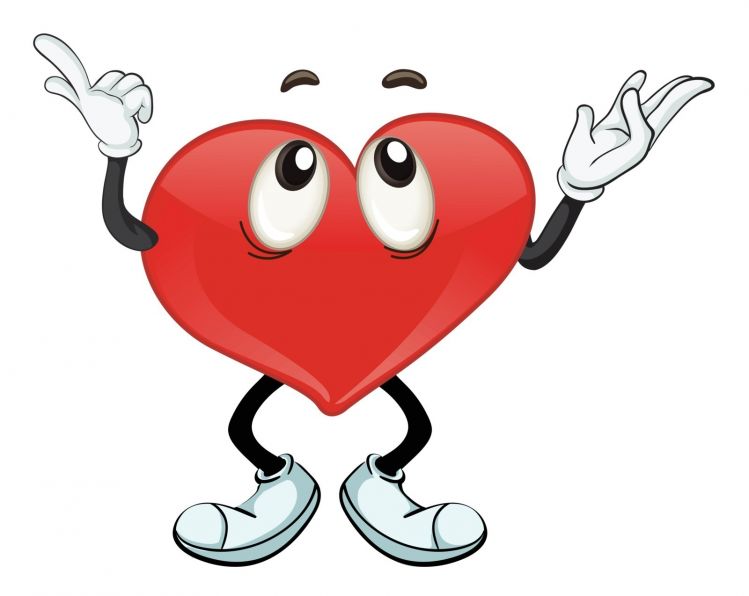
5 Massage Therapies That Can Improve Your Mental Wellness
https://www.inc.com/indigo-triplett/five-massage-therapies-that-can-create-mental-wellness.html
Massage Therapy for Mental Health
https://www.amtamassage.org/resources/massage-and-health/mental-health/
How does massage help with mental illness?
Can massage deal with mental illness?
https://thriveglobal.com/stories/how-does-massage-help-with-mental-illness/
MASSAGE THERAPY FOR MENTAL WELLNESS
http://www.mentalhealthcenter.org/massage-therapy-for-mental-wellnes
Massage: The Natural, Whole-Body Solution for Mental Health
Recent decades have seen a considerable increase in interest and uptake of so-called ‘alternative’ healing therapies. This is mainly due to more readily available information, including actual reports from those who have taken advantage of these practices and reaped their benefits.
Mainstream doctors have also become far more accepting of many disciplines which were once arrogantly dismissed. Many doctors now recommend specific therapies to patients as part of their treatment.
All the material written in this document is provided for informational purposes only and is general in nature.
Every person is a unique individual, and what has worked for some, or even many, may not work for you. Any information perceived as advice must be considered in light of your own particular set of circumstances.
The author or person sharing this information does not assume any responsibility for the accuracy or outcome of your use of the content.
Every attempt has been made to provide well researched and up to date content at the time of writing. Now all the legalities have been taken care of; please enjoy the content.
Session expired
Please log in again. The login page will open in a new tab. After logging in you can close it and return to this page.